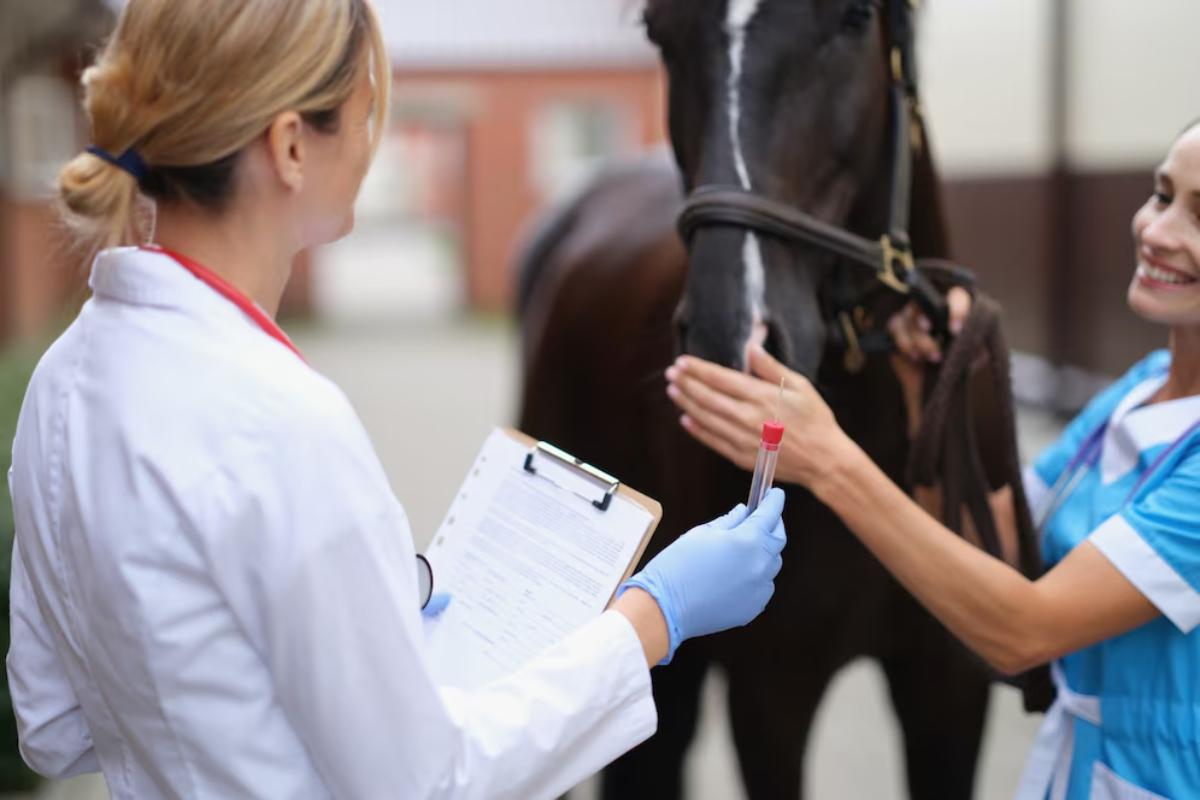
Common Reasons Pet Insurance Claims Get Denied
Imagine this: you’ve just paid a hefty vet bill after your dog injured their leg at the park. Thankfully, you’ve got pet insurance. You file your claim, expecting a smooth payout, only to get a frustrating email saying, “Claim Denied.”
It’s a situation no pet owner wants to face, but unfortunately, denied pet insurance claims happen more often than you might think. And when they do, they usually come at the worst possible time, when emotions are high and your bank balance is already dented.
So why do claims get rejected? Is it just red tape, or is there something you could’ve done differently?
In this guide, we’ll break down the most common pet insurance claim issues, explain how to avoid them, and walk you through a bit of pet claim troubleshooting to help make sure your next claim goes through without a hitch.
Let’s ensure you’re prepared, protected, and fully reimbursed when it matters most.
Why Pet Insurance Claims Get Denied
Before diving into the details, it helps to understand that insurance companies aren’t trying to trick you — they’re following specific terms and exclusions outlined in your policy. That said, the fine print can be hard to navigate, and a small oversight on your part can lead to a claim being turned down.
Here are the key reasons pet insurance claims are denied, and what you can do about each one.
1. Claim Submitted During Waiting Period

What It Means
Every pet insurance policy includes a waiting period — usually 14 days for illnesses and 24–48 hours for accidents — during which you can’t claim.
If your pet shows symptoms or is treated within this timeframe, the claim will likely be denied.
How to Avoid It
- Don’t delay getting cover — waiting until your pet is unwell won’t help
- Know your waiting periods for accidents, illnesses, and specific conditions
- Keep records of when symptoms first appeared — dates matter
Example
Emma took out a policy for her kitten, Luna, on Monday. On Thursday, Luna started vomiting. Although Emma rushed her to the vet and filed a claim, it was rejected because Luna’s symptoms started within the 14-day illness waiting period.
2. Pre-Existing Conditions
What It Means
A pre-existing condition is any illness, symptom, or injury that existed before your policy started — even if undiagnosed.
Insurers usually exclude these from cover, especially if your pet has a history of ongoing symptoms.
How to Avoid It
- Be honest when applying — insurers check vet records
- Check if the insurer offers coverage for pets symptom-free for 12–24 months
- Request a pre-policy vet exam to establish a clean medical baseline
Tip
Some providers, like ManyPets and Agria, offer limited cover for certain pre-existing conditions if your pet has been symptom-free for a set time.
3. Incomplete Documentation
What It Means
Submitting a claim without all the required documents, like itemised invoices or medical records, is one of the most common pet insurance claim issues.
Without these, insurers can’t verify the treatment or costs.
How to Avoid It
- Always request a detailed invoice from your vet
- Include:
- Pet’s name
- Date of treatment
- Diagnoses and treatments given
- Itemised costs
- Ask your vet to complete their section of the claim form (or send medical records directly)
4. Incorrect Claim Form Submission

What It Means
A small mistake on the claim form — like the wrong date, missing policy number, or unclear handwriting — can delay or derail your reimbursement.
How to Avoid It
- Double-check your:
- Policy number
- Treatment dates
- Bank details
- Use the insurer’s app or portal if available — they reduce errors and guide you through the process
- Keep copies of all forms and documents
5. Treatment Not Covered by Policy
What It Means
Each policy outlines what is — and isn’t — covered. If your claim falls outside those terms, it’ll be rejected.
Common exclusions:
- Routine care (vaccinations, worming, flea treatment)
- Neutering/spaying
- Dental cleaning (unless medically necessary)
- Cosmetic or elective procedures
- Pregnancy and breeding costs
How to Avoid It
- Read your policy document carefully
- Contact your insurer if you’re unsure what’s included
- Opt for plans that include wellness cover if you want routine care covered
6. Exceeded Policy Limits
What It Means
Pet insurance policies come with limits:
- Annual limits (e.g. £5,000/year)
- Per condition limits (e.g. £1,500 for a specific illness)
- Lifetime caps
If your claim goes over any of these, the excess won’t be reimbursed.
How to Avoid It
- Choose a policy with limits that reflect your pet’s potential needs
- Track your usage — some insurers offer this through their app
- Consider lifetime policies for chronic conditions
7. Missing or Unapproved Vet Referral

What It Means
Some insurers require a vet referral before covering:
- Specialist care
- Behavioural therapy
- Complementary treatments (like hydrotherapy or acupuncture)
Without a valid referral, your claim may be declined.
How to Avoid It
- Always ask your vet to provide a formal referral
- Check whether the treatment centre is approved by your insurer
- Keep a paper trail — emails, appointment letters, and treatment summaries
8. Non-Urgent Treatment During Waiting Period
What It Means
You rushed to get insured and booked in a dental surgery or a lump removal a week later — only to find out that planned procedures aren’t covered during the waiting period, even if the policy is active.
How to Avoid It
- Don’t schedule elective or non-urgent procedures too soon after buying insurance
- Ask your insurer if the treatment will be covered
- Consider delaying non-urgent treatment until after waiting periods end
9. Claim Submitted Too Late
What It Means
Most insurers have a deadline for filing claims — often 90 to 180 days after the treatment date.
Miss that deadline, and your claim could be automatically declined, regardless of the reason.
How to Avoid It
- Submit claims promptly — ideally within a week
- Use insurer apps or online portals for faster processing
- Set reminders for ongoing or multi-treatment conditions
Real-World Story: Tom and Bella’s Missed Window
Tom insured his springer spaniel, Bella, but forgot to claim after she was treated for a skin condition. Six months later, he found the invoice and submitted it, but it was too late. The insurer’s 90-day claim window had long closed.
Tom now sets calendar alerts and files claims right after vet visits.
What to Do If Your Claim Is Denied
A denied claim doesn’t always mean it’s the end of the road.
Step-by-step:
- Read the explanation provided by your insurer
- Gather supporting documents — vet notes, receipts, email threads
- Call the claims team to discuss the decision
- Submit an appeal — insurers have formal dispute processes
- Escalate to the Financial Ombudsman Service (UK) if needed
Persistence pays off, especially if your claim was denied due to technical errors.
Tips for Smoother Claims
- Keep a folder (digital or physical) of your pet’s vet records, receipts, and policy docs
- Use apps or portals to submit and track claims
- Ask your vet receptionist for help — they often deal with insurers daily
- Double-check your policy before scheduling treatment
Conclusion: Make Every Claim Count
Pet insurance is a powerful tool — but only when you know how to use it properly. Being aware of what causes pet insurance claim issues and learning how to avoid or troubleshoot them can save you time, stress, and money.
Let’s recap the biggest reasons claims get denied:
- Waiting periods weren’t up yet
- The condition was pre-existing
- Documentation was missing or incomplete
- Treatment was excluded or over policy limits
- The claim wasn’t filed on time
Being proactive, organised, and informed can prevent these pitfalls and help you get the full benefit of your policy.


